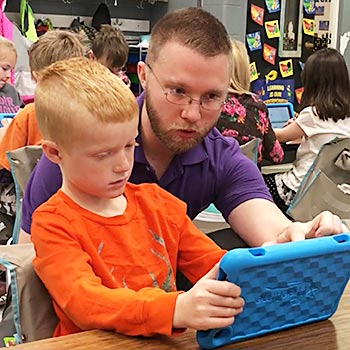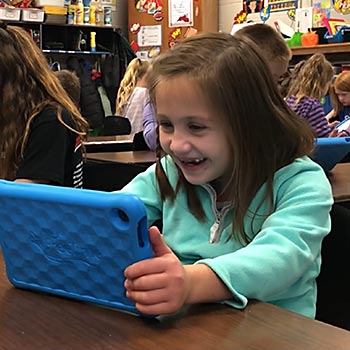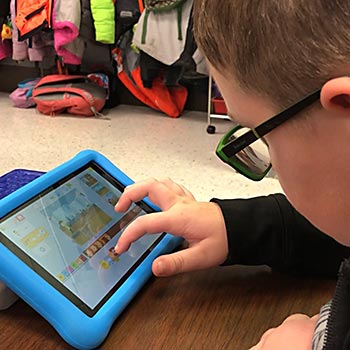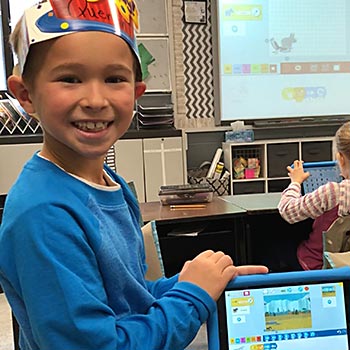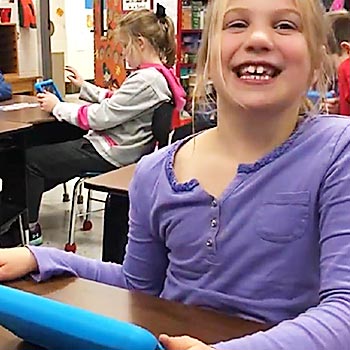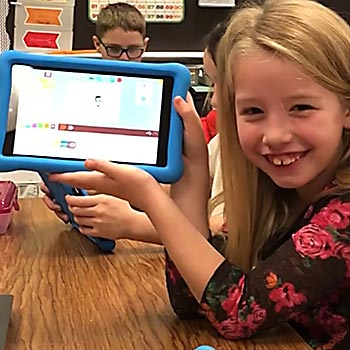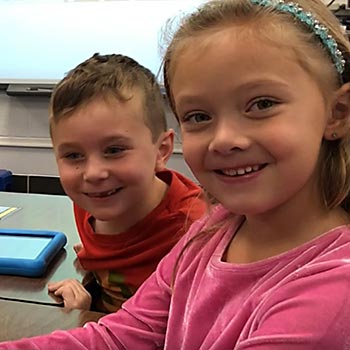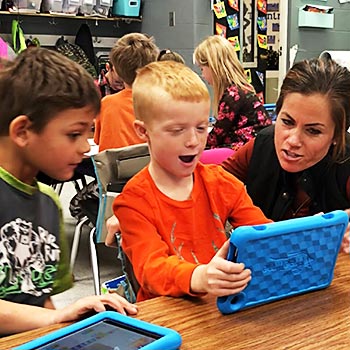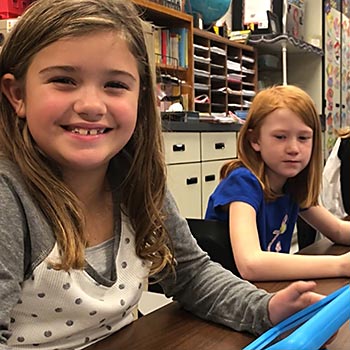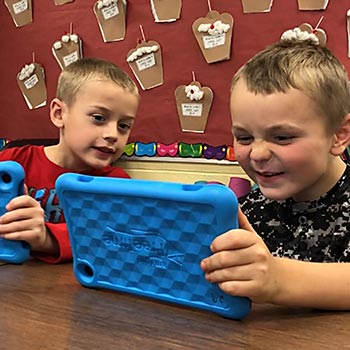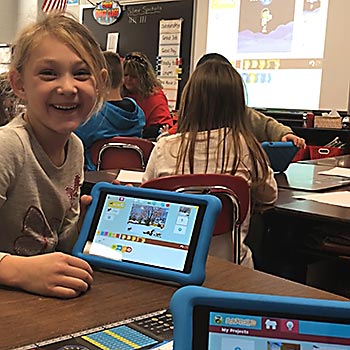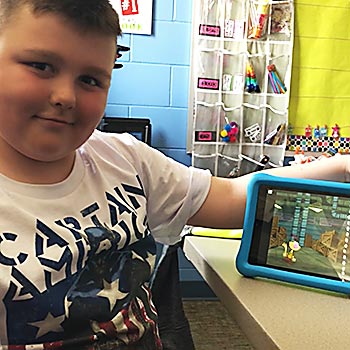LATEST: TV Schedules | NEWS | Local Programs | Station Events
LATEST: TV Schedules | NEWS | Local Programs | Station Events
PBS KIDS ScratchJr
With PBS KIDS ScratchJr, kids can create their own interactive stories and games through programming games and lessons. Children learn to code through games and activities featuring characters from PBS KIDS programs.
As kids play, they learn to solve problems, design projects and express themselves creatively.
With PBS KIDS ScratchJr, children do not just learn to code, they code to learn. The free app is now available from the App Store on iPad and from the Google Play store on Android tablet.
PBS KIDS ScratchJr is a developmentally appropriate creative coding app for children ages five through eight. The app features characters from a number of PBS KIDS media properties including: Wild Kratts, Nature Cat, Ready Jet Go, WordGirl, Arthur, Peg+Cat and Odd Squad. Children can create their own interactive stories, games, and animations by snapping together colorful programming blocks to make their favorite characters move, jump, dance, and sing.
Creative coding is an approach to the development of computational thinking skills that champions the process of young people engaging in the interest-driven imagining, designing, creating, and sharing of computational artifacts (PBS KIDS ScratchJr projects in this instance).
As young children engage in creative coding with the PBS ScratchJr app, they learn how to create and express themselves with technology. In the process, they are empowered to solve problems, design their own projects, demonstrate knowledge and develop computational thinking skills that are foundational for later academic success.
Invite WQPT to your classroom.
Contact WQPT to learn more.
Already using ScratchJr?
Get lesson plans.
